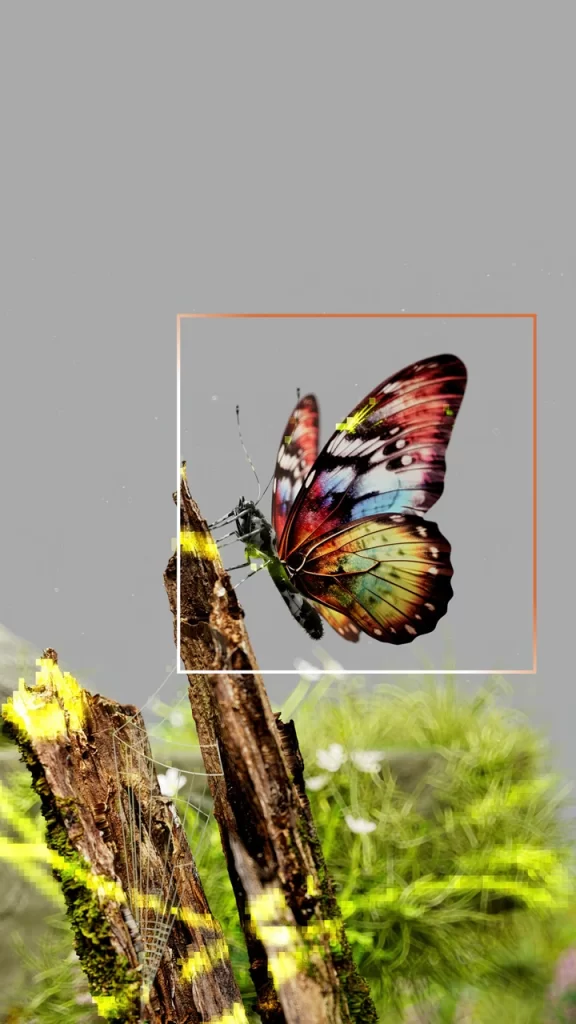Customizing Acoustic Panels: AntiCAD’s Approach to Grasshopper Tutorials and Parametric Design

In the evolving world of architecture and design, customization is key. This is particularly true for acoustic panels, which are increasingly integrated into modern buildings to control sound and create dynamic visual experiences. AntiCAD, a leader in parametric design and digital fabrication, has developed a unique approach to customization through Grasshopper Rhino tutorials. By leveraging computational design tools, AntiCAD empowers architects to create tailored solutions that blend aesthetics with functionality. From living facades to complex kinetic structures, AntiCAD’s method exemplifies how parametric designs can redefine acoustic environments.

Grasshopper Rhino: The Heart of Customization
Grasshopper Rhino is a crucial tool for designers working with parametric designs. AntiCAD’s approach emphasizes the importance of mastering Grasshopper tutorials to unlock the full potential of customization. By utilizing parametric algorithms, designers can efficiently manipulate geometric forms, allowing for endless variations of acoustic panels.
This computational design process begins with defining specific parameters such as panel dimensions, material properties, and sound absorption requirements. AntiCAD’s tutorials focus on teaching users how to control these parameters to achieve optimal performance. Designers can visualize these changes in real-time within Rhino 3D, making it easier to experiment with different forms and configurations.
AntiCAD also integrates DFMA (Design for Manufacturing and Assembly) principles to streamline production. This ensures that even the most complex parametric designs are both practical and scalable. The result is a system that fosters creativity without compromising efficiency, allowing architects to create everything from minimalist wall treatments to elaborate kinetic buildings. With inspiration drawn from figures like Elijah Yang, Zaha Hadid, and Arturo Tedeschi, AntiCAD continues to push the boundaries of architectural innovation.

Key Customization Techniques
AntiCAD’s approach to acoustic panel design leverages multiple techniques to achieve both functional and aesthetic goals. Here are some of the core methods employed to enhance customization.
Parametric Modularity
Parametric modularity is a cornerstone of AntiCAD’s customization strategy. This method involves creating a base module with predefined parameters that can be repeated and varied across a surface. Each module can be adjusted independently, allowing for intricate designs without the need for entirely new models.
With Grasshopper Rhino, designers can control modular variations through simple input adjustments. For instance, modules can shift in shape and density to create visually striking patterns while maintaining consistent sound absorption properties. This approach is particularly effective in large-scale installations, such as parametric facade designs and living facades.
Material Optimization
AntiCAD places a strong emphasis on material selection and optimization. Through computational design, users can simulate the performance of various materials in terms of sound absorption, durability, and sustainability. Grasshopper tutorials guide architects through these simulations, helping them choose materials that meet both acoustic and environmental goals.
Low VOC materials, which reduce harmful emissions, are a frequent choice for AntiCAD projects. By combining these materials with 3D printing construction technologies, designers can further customize panel shapes and textures to achieve a unique aesthetic without increasing waste.
Real-Time Visualization with AR
Architecture augmented reality (AR) is another powerful tool in AntiCAD’s customization workflow. With AR integration, architects can project virtual acoustic panels onto real-world spaces, enabling clients to visualize the final design before construction begins. This interactive experience improves collaboration and reduces the risk of costly revisions.
AntiCAD’s focus on AR aligns with industry trends towards smart and adaptive buildings. By incorporating real-time visualization, designers can quickly test and refine parametric facade architecture in a collaborative setting.

Advanced Applications of Customization
AntiCAD’s techniques for customizing acoustic panels extend beyond traditional applications, opening new possibilities in architectural innovation. Below are some advanced use cases where AntiCAD’s approach is making a significant impact.
Kinetic Structures
AntiCAD’s expertise in kinetic buildings allows for the creation of dynamic acoustic systems that adjust to environmental conditions. These structures can alter panel configurations in response to changes in sound levels, providing adaptable noise control.
Living Facades
Living facades integrate acoustic panels with natural elements such as plants and water features. AntiCAD’s parametric design tools enable seamless coordination between acoustic performance and ecological factors, enhancing both sustainability and visual appeal.
Augmented Reality Integration
With AR capabilities, architects can incorporate interactive acoustic elements into their designs. Some of Grasshopper’s tutorials demonstrate how to embed AR features that enhance user experience and provide real-time feedback on acoustic performance.
Collaborative Design
AntiCAD emphasizes collaboration by providing architects and engineers with shared digital environments. Grasshopper’s parametric models can be easily shared and modified, ensuring that all stakeholders have access to the latest design iterations.

The Future of Customized Acoustic Design
The future of acoustic design lies in the continued integration of computational tools, sustainability principles, and innovative materials. AntiCAD’s approach exemplifies this trend by offering a comprehensive framework for customization through Grasshopper tutorials and parametric design techniques.
Elijah Yang’s influence on computational design, along with inspiration from pioneers like Zaha Hadid and Arturo Tedeschi, underscores the importance of pushing creative boundaries. AntiCAD’s commitment to DFMA ensures that these designs are both scalable and efficient, making advanced customization accessible to a wider range of projects.
As architecture increasingly embraces augmented reality and smart building technologies, AntiCAD is poised to lead the way. By leveraging tools such as Rhino 3D and Grasshopper Rhino, the company empowers architects to create adaptable, sustainable acoustic solutions. The potential of parametric facade architecture and kinetic structures continues to evolve, promising a future where design is both innovative and environmentally conscious.
References
Arktura. (n.d.). Going beyond tools: Exploring parametric design applications. Retrieved from https://arktura.com/arktura-featured-in-gbd-pro-parametric-design
Grasshopper Beginner Tutorial. (2021, May 3). Parametric design in Rhino 3D. Retrieved from https://www.youtube.com/watch?v=dbav48PEY_k
Impact Acoustic. (n.d.). Computational design and digital manufacturing integration. Retrieved from https://impactacoustic.com/en/services/computational-design
Unidus Acoustics. (n.d.). Advanced computational design for acoustic solutions. Retrieved from https://unidusacoustics.com/services/computational-design
- Rust, R., Xydis, A., Frick, C., and Strauss, J. (2022). Computational design and evaluation of acoustic diffusion panels for the immersive design lab: An acoustic design case study. Retrieved from https://www.researchgate.net/publication/358106107_Computational_Design_and_Evaluation_of_Acoustic_Diffusion_Panels_for_the_Immersive_Design_Lab_An_acoustic_design_case_study
Share